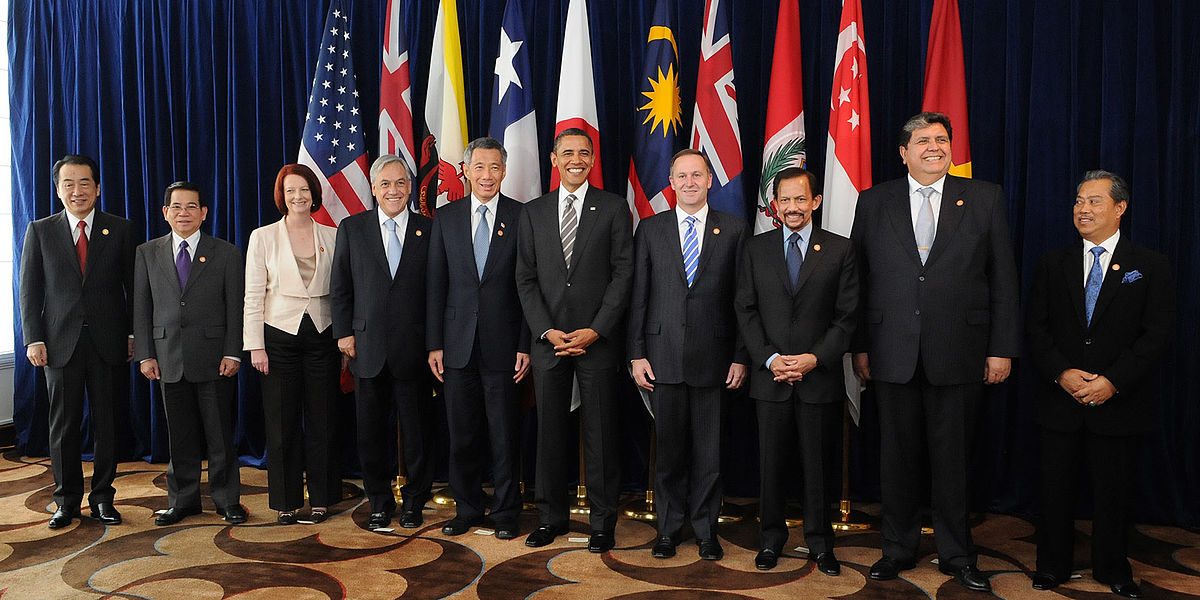
China’s Nuclear Warhead Storage and Handling System
March 12, 2010
Taiwan-China: Recent Economic, Political, and Military Developments Across the Strait, and Implications for the United States
March 18, 2010By: Project 2049 Institute |
This week marked the first round of negotiations on the Trans-Pacific Partnership (TPP) in Melbourne, Australia. The TPP began in 2006 as an agreement between Singapore, New Zealand, Brunei and Chile to eliminate trade barriers by 2015. They have been joined by negotiators from the United States, Australia, Peru and Vietnam for talks that could expand the Partnership and break down the barriers restricting access to their larger markets. While originally founded as an agreement between small states, the Partnership is envisioned as the foundation of a larger Asia Pacific trading bloc that could one day include China, Japan and South Korea.
The current round of negotiations is unlikely to have a major impact on international trade in the near future. The United States already has concluded free trade agreements with four of the Partnership nations and its volume of trade with the remaining three states; Vietnam, Brunei and New Zealand, is small. Lowering trade barriers, however, is important to small economies like New Zealand whose key trade competitors, Australia and Chile, already enjoy unfettered access to the US market.
While the TPP may not lead to a significant short term growth in trade, it does reflect longer term regional concerns. The United States fears being left out of economic integration in the Asia Pacific region. An East Asia Free Trade Area excluding the United States would cost the US economy $25 billion in exports to the region. For the US, the TPP could serve as the foundation for a larger trade bloc that would not only integrate the growing economies of Asia but also ensure continued US access to Asian markets. Observers note the symbolic significance of the TPP as the momentum of other U.S. – Asia trade agreements have languished in recent years. As the Obama administration and USTR express confidence about Congressional approval of the TPP, and the move could reinvigorate the U.S. – Asia trade agenda.
The TPP also supports the complementary trade and economic interests across the Pacific. Exports from Latin America feed the growing demand for commodities in Asia, while Asian manufacturers look at Latin American consumers as an untapped market. As economic interaction between Latin America and Asia continues to grow, both sides will benefit from engaging in a formal trade group.
While the Trans-Pacific Partnership may not make a significant impact on global trade in the immediate future it may be the first step to a more integrated Pacific region that bridges Asia and the Americas. Lower trade barriers in the region will fuel further economic growth in Asia and reaching across the Pacific to include the United States and Latin America promises to extend such economic opportunity to reach a far larger audience.




